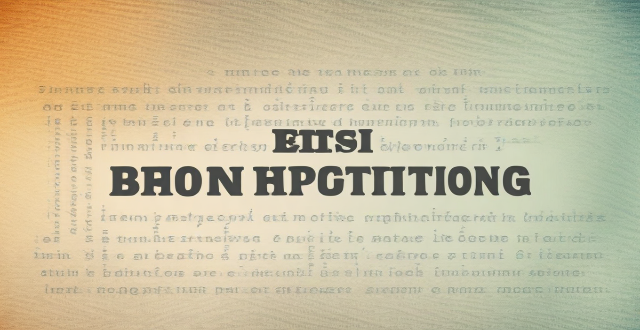The text discusses the differences between mind mapping and other brainstorming techniques such as free writing, brainstorming sessions, and sketching. Mind mapping is a visual technique that involves creating a diagram to organize information, while free writing involves writing down ideas without any particular structure or organization. Brainstorming sessions typically involve a group of people working together to generate ideas, while sketching offers more freedom in terms of visual expression and experimentation. The author concludes that mind mapping offers a unique approach to brainstorming that combines structure, visualization, and flexibility, making it particularly effective for those who prefer a visual and organized method of generating and organizing ideas.

Comparison of Mind Mapping with Other Brainstorming Techniques
Mind mapping is a visual brainstorming technique that involves creating a diagram to organize information. It is often compared to other brainstorming techniques such as free writing, brainstorming sessions, and sketching. Here are some key differences between mind mapping and these other techniques:
Mind Mapping vs. Free Writing
- Structure: Mind mapping provides a structured approach to brainstorming by starting with a central idea and branching out into related topics. Free writing, on the other hand, involves writing down ideas without any particular structure or organization.
- Visualization: Mind mapping allows for visual representation of ideas through the use of colors, images, and symbols, making it easier to remember and understand complex concepts. Free writing does not have this visual component.
- Flexibility: While mind mapping requires a certain level of organization, it also allows for flexibility in adding new ideas and connections. Free writing, however, can be more flexible as there are no restrictions on where ideas can be written down.
Mind Mapping vs. Brainstorming Sessions
- Collaboration: Mind mapping can be done individually or collaboratively, allowing multiple people to contribute to the same map. Brainstorming sessions, on the other hand, typically involve a group of people working together to generate ideas.
- Record Keeping: Mind mapping provides a permanent record of the brainstorming process, which can be easily shared and referred back to later. Brainstorming sessions may not always result in a tangible record of the discussion.
- Focus: Mind mapping encourages focus on a single topic or problem by breaking it down into smaller subtopics. Brainstorming sessions can sometimes become unfocused or off-topic if not properly managed.
Mind Mapping vs. Sketching
- Detail: Mind mapping allows for more detailed and specific information to be included in the diagram, whereas sketching may only provide a general overview or conceptual understanding of an idea.
- Creativity: Both mind mapping and sketching allow for creativity in the brainstorming process, but sketching may offer more freedom in terms of visual expression and experimentation.
- Functionality: Mind mapping is primarily used for organizing and structuring information, while sketching is often used for exploring and refining ideas through visual representation.
In conclusion, mind mapping offers a unique approach to brainstorming that combines structure, visualization, and flexibility. While other techniques like free writing, brainstorming sessions, and sketching have their own advantages, mind mapping can be particularly effective for those who prefer a visual and organized method of generating and organizing ideas.